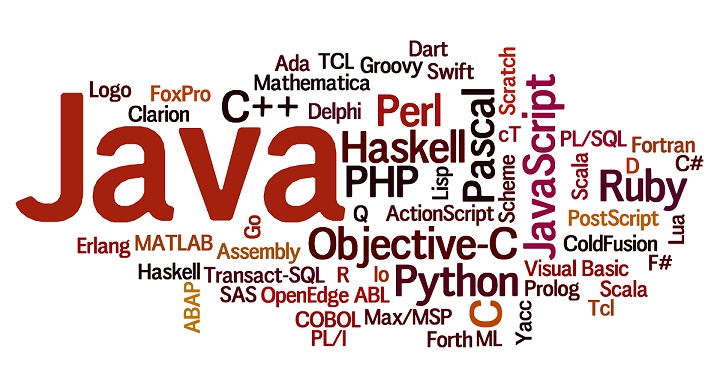Software for the most part are highly complex and expensive engineering solution. Therefore building them right the first time is extremely valuable to the stake holders. As any other complex structure, taking the time to plan in advance and remove as many road blocks as possible has proven over the years to be a great strategy. Most software engineering follow a Software Development Life Cycle (SDLC). Regardless of the project management methodology or development preference, Requirement Analysis and Modeling have consistently stood as top most priorities and that for obvious reasons. One cannot develop a system without knowing what the system is intended for.
Anonymity is the quality or state of being unknown to most people [1]. Today, the growing threats of identity theft, browser tracking and privacy invasions seem to have left only two options to the majority of the web users community. Surf the web on unsecure waters or refrain from browsing at all. Fortunately, the recent years have also seen the emergence of alternative options that allow the user to navigate the internet without the need to reveal his identity, origins or history. These anonymous alternative have empowered the few learned users with the gift of the invisible man while browsing the web. But at what cost?
Software Piracy is defined as the act of illegally using, copying or distributing a software without ownership or legally acquired rights. According to the Business Software Alliance (BSA) report on piracy, despite the EULAs, over 36% of the software in use today are illegally acquired. Copyright laws are established to guarantee that the organization that invest time and money to develop application and software maintain the right to fully profit from its invention while contributing to the common knowledge bank. In light of that, wouldn’t piracy decriminalization be a better alternative to the current laws in protecting that core ideology?
Over the years it has become commonly accepted that the concept of Big Data could be fully explained based on its three major components or three V’s: Velocity, Variety and Volume. After all, without the volume, Big Data would not be so Big would it?
Most DBMS support DDL, DML and DCL commands. The DDL or Data Definition Language is used to define the structure of the database, the DML or Data Manipulation Language is used to manage the data and the DCL or Data Control Language is used to control the accessibility and privileges on the data. While each one of these languages are highly important in creating and maintaining the integrity, security and reliability of the data, DML nonetheless appears to be the most utilized language in the world of DBMS. This, is mainly due to its data retrieval statements “SELECT”.
I woke up this morning with an email showing that the password and the recovery email of one of my email accounts were changed overnight by a user whose IP address routes to Belgium. I knew for sure that at 3 am (time of the incident), I had not requested a password change and I was definitely not in Belgium. So, What do I do?
The Goal of Programming languages and procedures has always been to give the ability to computers to imitate the human brain in how information is processed, categorized and utilized. The latest paradigm in program languages that comes the closest to reaching that goal is Object Oriented Programming also known as OOP. This newer paradigm comes in contrast with the prior Structured Programming model or SP that paved the way to computing as we know it today. What is OOP and how does it differ from its SP predecessor will set the tone for our analysis.
“Can machines think?” In 1950, Alan Turing a London scientist, known as one of the fathers of Artificial Intelligence (AI) defended this very question in his paper on computing machinery and intelligence.
“The right of the people to be secure in their persons, houses, papers, and effects, against unreasonable searches and seizures, shall not be violated, and no Warrants shall issue, but upon probable cause, supported by Oath or affir mation, and particularly describing the place to be searched, and the persons or things to be seized”. By this IV amendment of the US-Bill of rights as ratified in 1971, the US congress guarantees the protection of what is private.
From large tracking databases such as airline reservation and ecommerce systems to a child’s baseball card collection, databases are collections of information organized to provide efficient data storage and retrieval. A database could be as simple as the file cabinet at your neighboring barbershop or as complex and computerized as the database powering Google’s search engines.










